What Does This Mean And What Are My Options?
What Is Lower Extremity Venous Insufficiency?
To appreciate exactly what is lower extremity venous insufficiency, first, let’s see what happens in normal healthy veins.
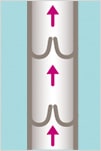
Healthy leg veins contain one-way valves that function to keep the blood flowing in one direction. In addition, muscle pumps, primarily in the calf, must contract with each step to squeeze the veins and propel the blood within them in the upward direction, “opening” up the valves.
However, when your legs are at rest, the muscle pump becomes inactive and the valves “close” to prevent any backflow. The inactive muscle pump thus allows the blood to refill within the emptied veins of your lower extremities. The pressure builds up in your veins, but then as you start moving again or keep standing for long periods, the muscle pump becomes active and the raised pressure opens up the valves, forcing the blood to leave the leg veins.
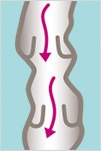
The valves thus work in concert with the muscle pumps to help the blood return to your heart. Sometimes, the valves in your leg veins fail to do their job as they would normally do. This condition—known as lower extremity venous insufficiency—is most often caused by either engorged, tortuous superficial “varicose veins” or a blood clot in the deep leg veins. Whatever the cause is, the lower extremity venous insufficiency interferes with the return of blood from the legs back to your heart.
What Are the Stages of Lower Extremity Venous Insufficiency?
1. Pooling Blood
Faulty venous valves are no longer capable of preventing the backflow of blood. This causes the blood to “pool” or backup in these veins.
2. Swelling and Pain in Legs
Your legs thus swell and become achy and/or heavy due to the increased pressure in an already congested leg. Also see Leg Swelling.
3. Darkening and Inflammation of the Skin
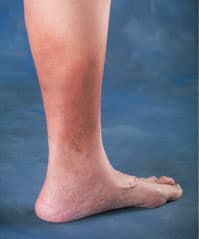
As the pressure continues to build inside your veins, the swelling keeps worsening to the extent that it ruptures minute blood vessels called capillaries. The overlying skin then becomes highly sensitive to scratches or wounds and takes on a reddish-brown color.
In addition, the pooling of blood can also cause your leg skin to become red, intensely itchy, and swollen—a condition called venous stasis dermatitis. It is the inflammation of the skin (dermatitis) due to poor blood flow in the veins (venous stasis). Also see Skin Discoloration.
4. Formation of Venous Ulcers
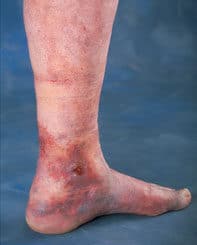 If left untreated, the wounds and scratches will not heal and the break in the skin of your leg leads to painful open sores on the skin surface called ulcers. Moreover, the ruptured capillaries allow proteins in the blood to leak into the underlying tissues, causing external local tissue inflammation as well as damaging the tissues internally. In particular, the protein fibrin which normally helps the blood to clot after tissue injury tends to collect around the capillaries. This protein, in turn, keeps the oxygen and nutrients from flowing into the surrounding muscle and tissue, leading to ulcers. Also see Leg Ulcers.
If left untreated, the wounds and scratches will not heal and the break in the skin of your leg leads to painful open sores on the skin surface called ulcers. Moreover, the ruptured capillaries allow proteins in the blood to leak into the underlying tissues, causing external local tissue inflammation as well as damaging the tissues internally. In particular, the protein fibrin which normally helps the blood to clot after tissue injury tends to collect around the capillaries. This protein, in turn, keeps the oxygen and nutrients from flowing into the surrounding muscle and tissue, leading to ulcers. Also see Leg Ulcers.
5. Skin Infection
These venous ulcers are difficult to heal and prone to bacterial infection. Sometimes, these bacteria go deep into your skin, causing redness and swelling on your skin—a condition known as cellulitis.
What Happens Next?
Given the endless list of complications, it’s imperative that you receive treatment for lower extremity venous insufficiency in a timely manner.
After you’re diagnosed with lower extremity venous insufficiency, your vascular specialist will explore further treatment options. The goal of having the venous insufficiency treated is to improve the venous blood flow, minimize your symptoms and, whenever possible, get the underlying abnormality corrected.
Is The Treatment The Same For Everyone?
No, treatment of venous insufficiency varies depending on a variety of factors, such as:
- the cause of venous insufficiency
- your overall health and medical status (this affects how well you can tolerate medicines or a procedure)
- the severity of your symptoms
- your age
What Are My Treatment Options?
Your vascular specialist will typically recommend a combination of the following treatments:
- Wearing compression stockings
- Lifestyle changes
- Physical therapy
- Medicines like antibiotics, water pills, and blood thinners
- Minimally invasive procedures
- Surgery
What Are Compression Stockings And How Would They Help Me?
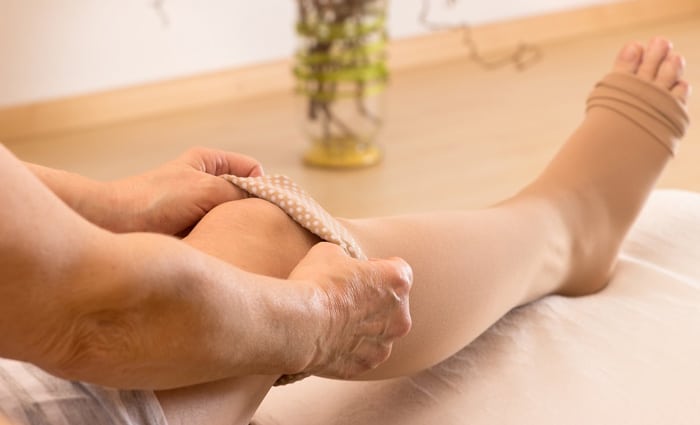
These elastic compression stockings apply a certain amount of pressure at your ankle and lower leg. The hosieries are designed in a way that there is more pressure near your ankle and then gradually less and less pressure moving up your legs. Medically referred to as graduated compression, this mechanism helps to squeeze the veins and push the blood up the leg from the ankle to your thigh. This counters the pooling of blood in your leg and the associated swelling.
What Lifestyle Modifications Can Help My Symptoms?
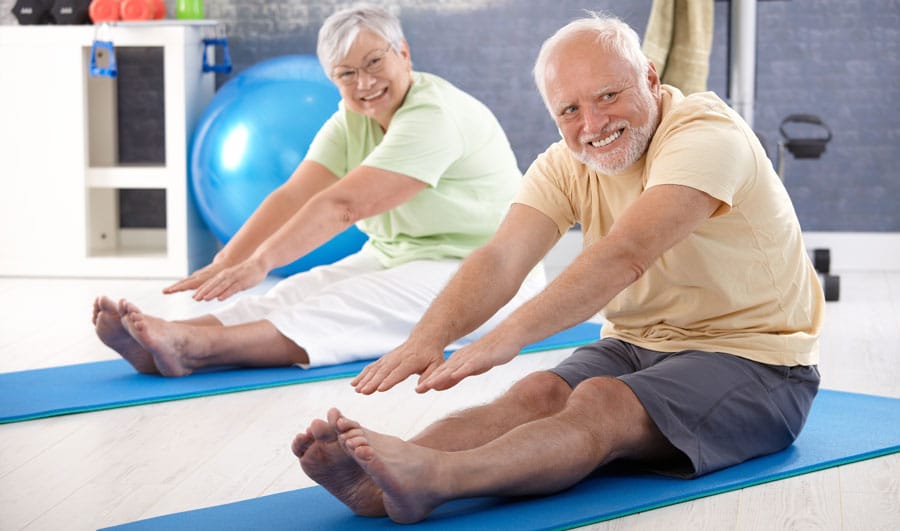
In addition to compression therapy, you can take certain conservative measures at home to prevent the disease from getting worse such as:
- Elevating your legs above the level of your heart while seated and lying down
- Avoiding prolonged sitting or standing
- Exercising on a regular basis (improves your calf muscle pump)
- Managing your body weight
- Maintaining proper skin and wound hygiene
Keep your skin moisturized so that it doesn’t dry or flake.
Will My Symptoms Improve With Medical Therapy?
Yes, if you strictly stick to your compression therapy regimens as prescribed, your symptoms will most likely improve because compression of leg veins is the cornerstone of conservative treatment for lower extremity venous insufficiency. This however does require a significant lifestyle commitment as the compression stockings need to be worn daily and indefinitely.
What If My Symptoms Don’t Improve With Conventional Remedies?
In very severe cases, your symptoms may not get better with medical therapy alone. If this is the case, your doctor can perform certain office procedures to help address your problem. The nonsurgical methods that can help treat venous insufficiency include:
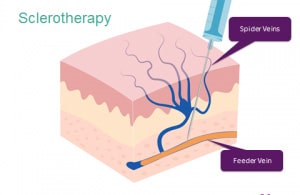 Sclerotherapy
Sclerotherapy
In sclerotherapy, your doctor will inject a liquid or a foam solution into the damaged vein(s) to collapse them. The treated vein eventually disappears and reroutes blood to healthy veins.
Ablation
Your doctor may recommend destroying the damaged veins through a process called ablation. This technique employs laser or high-frequency radio waves to deliver intense heat that destroys and seals off the damaged vein(s) along its entire course. An ultrasound is used to guide the laser fiber or the radiofrequency electrode into the targeted vein. Ablation has been shown to yield excellent outcomes, faster recovery, and a low risk of complications.
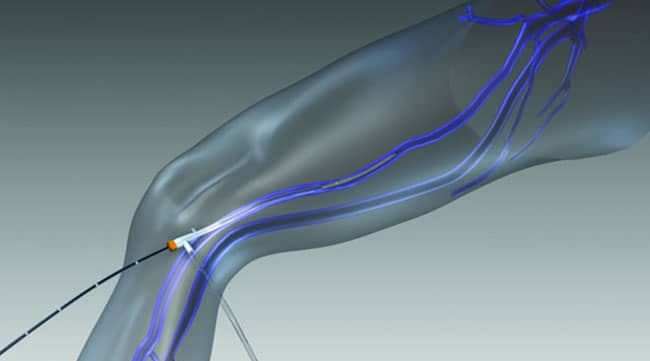
Phlebectomy
Phlebectomy is a minimally-invasive procedure which involves stripping or removing the varicose vein on the surface of your leg through tiny cuts in the skin.
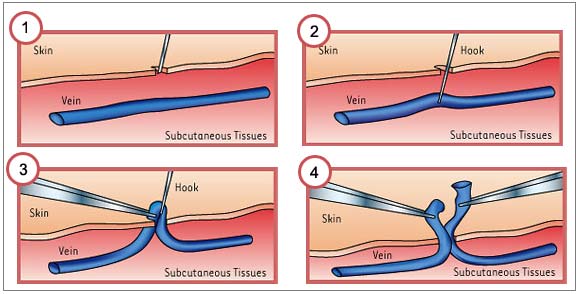
What If My Symptoms Don’t Respond To Any Nonsurgical Methods?
Should your symptoms worsen so as to warrant a surgical procedure, your vascular specialist will explore the surgical options to remove the damaged vein(s).
What Is Vein Ligation And Stripping?
Vein ligation is a procedure in which your vascular surgeon cuts and ties off the superficial problematic veins to redirect the blood flow to healthy veins. Stripping is the surgical removal of the entire damaged vein through two small cuts. It may be done alone or in conjunction with ligation. Stripping is an intense procedure that carries a risk for serious complications and requires several days to weeks for recovery.
Why Are These Procedure Performed? Why Do I Need Them?
There are three major reasons for undergoing these procedures:
- First is to treat varicose veins and prevent them from recurring
- Second is to help control symptoms of venous insufficiency
- Third is in the setting of venous ulcers, treatment will allow the most stubborn ulcers to heal
- Fourth is the presence of a blood clot or inflammation in the superficial veins
*It is important to note that stripping of the vein is rarely done today because of the advances in minimally-invasive and safer techniques.
Is There Any Precaution Before The Vein Ligation Procedure?
Ligation of the superficial veins is not done if the deep leg veins are also affected (deep reflux). Patients may undergo an X-ray procedure called venography of the deep venous system before treating the superficial vein(s) if there is suspected deep vein involvement.
Schedule an Appointment
Request an appointment for a Venous Insufficiency evaluation if you’re experiencing any of the following symptoms:
- Pain in the legs, including cramping and aching
- Darkening of the skin around the lower legs, ankles and feet
- Thick skin on the lower legs and ankles
- Swelling of the legs
- Varicose and Spider veins on the legs
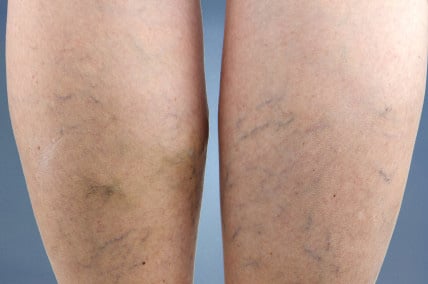
The experts at Precision Vascular and Interventional would be happy to discuss your symptoms. To schedule an appointment please call us at 214-382-3200 or complete the form below.
This information is not a substitute for professional medical advice. Prior to starting any new treatment or questions regarding a medical condition, always seek the advice of your doctor or other qualified health provider.
Precision VIR serves the DFW area including Dallas, Fort Worth, Carrollton, Richardson, Garland, Mesquite, Highland Park, University Park, Park Cities, Plano, Frisco, McKinney, Arlington, Irving, Grand Prairie, Denton, Lewisville and all of North Texas.

